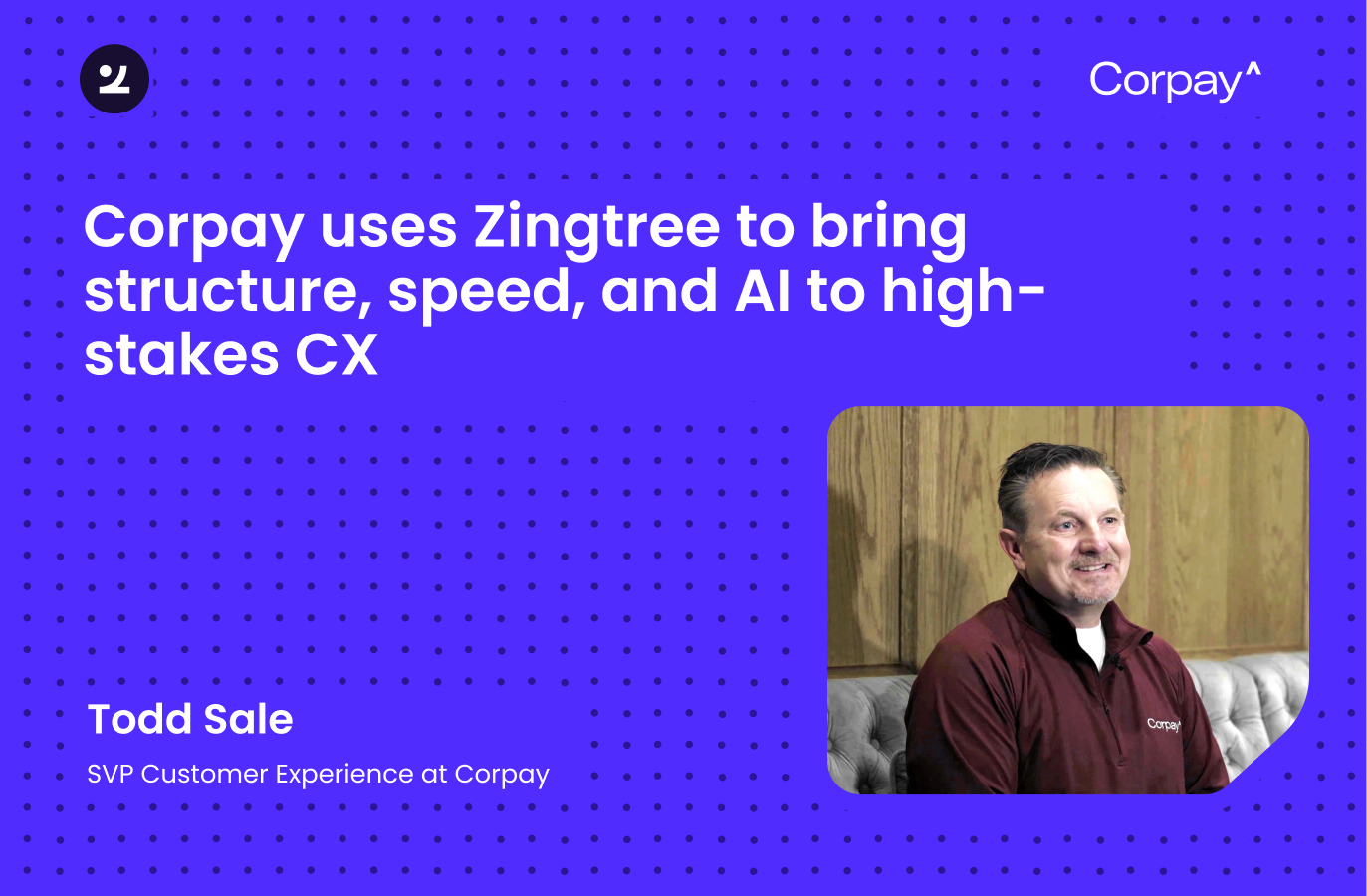How to Send and Receive Data From Decision Trees Using Webhooks
Check out how to add a webhook to your decision tree for a better customer experience and more effective data collection.

How to Send and Receive Data from Decision Trees using Webhooks
Interactive decision trees are a great way to gather data, but you can make them even powerful by connecting them to other platforms.
One way to enhance your decision trees is by using a data exchange feature known as a webhook to send and receive information between two different platforms. Essentially, you’re allowing one application to communicate with a third party application using a webhook URL. That lets you push and pull data between the two.
So, what is a webhook?
A webhook is a way to exchange data online in an automated way. This means applications will be delivered data automatically, unlike standard APIs which grab data at designated intervals. Webhooks make HTTP post requests which are then sent to the recipient application in a message form – usually in the JSON format.
When are webhooks used?
When a user clicks on something (the action), this triggers the sending of a piece of information to a predestined destination, known as a webhook.
What happens next depends on how the receiving application’s developer has programmed it to respond upon receipt of the webhook. It could, for example, cause a message or other content type to display, or a field to get updated.
How can a webhook make your decision tree more powerful?
For companies who may need more flexibility when it comes to data collection, a webhook is a great way to make the decision tree not only more effective, but also easier to use.
Here’s a simple example: Using webhooks behind the scenes, users can pick a state in the US in one of the leaf nodes in the decision tree, then automatically see a list of all cities in that specific state. Check out this webhook demo and the technical explanation behind it.
How do I add a webhook to my decision tree?
Zingtree webhooks are a great and easy-to-use addition to Zingtree decision trees.
Here is a short overview of how to go about adding a webhook to your decision tree, but for a more in-depth explanation, consult this post:
- Add the webhook to your organization’s apps by going to Account and then My Apps.
- In your decision tree, include a call to the webhook in a node. When someone goes through the tree and visits that node, the call will get executed.
- Any JSON variables returned by the call become Zingtree variables.
If you’re looking for an interactive decision tree tool powerful enough to connect with all your pre-existing applications, look no further than Zingtree.
Want to find out how Zingtree can help your organization to improve processes using decision trees and webhooks?


.svg)
.svg)
.svg)



